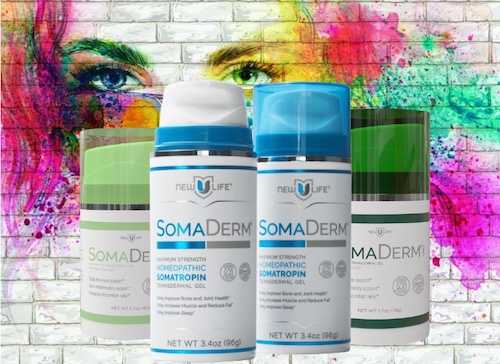Q: I want to dermaplane my face to get rid of peach fuzz. But is it safe to do myself?
Peach fuzz can crop up anywhere on the body. But when those wispy little hairs appear on the face, they can make some people self-conscious. The good news, experts say, is that dermaplaning is a great way to get rid of them.
Whether you try it at home or in a medical office or spa, dermaplaning is just “a fancy form of shaving,” said Dr. Kathleen Cook Suozzi, an aesthetic dermatologist at Yale Medicine. A sharp blade is used to gently scrape away those little hairs, she said, along with dead skin cells, which can improve the health and look of your skin.
But is it safe to try it at home? Here’s what to know.
How does dermaplaning affect your skin?
A medical or cosmetic professional will typically use a sterile surgical blade to perform the procedure, whereas the tools used at home are generally duller, Dr. Suozzi said.
Whichever route you take, dermaplaning should make your skin feel softer and look smoother and brighter, said Dr. Roberta Lucas, a dermatologist at Dartmouth Health.
The scraping removes built-up dead skin cells, which can give you a dull complexion, Dr. Lucas said. And along with bacteria and dirt, these skin cells can clog your pores and contribute to acne. Dermaplaning also keeps skin healthy by triggering cell turnover, where dead skin cells are shed and replaced with new ones, Dr. Lucas added.
When dead skin cells layer on top of peach fuzz, it can create an uneven surface for makeup, making it look “caky,” said Dr. Desmond Shipp, a cosmetic dermatologist at the Ohio State University Wexner Medical Center. Dermaplaning will create a smoother canvas. It also helps skin care products to absorb better, Dr. Lucas said.
If you’re worried that dermaplaning will cause your hair to grow back faster, darker or coarser, don’t be. “That’s an old tale,” Dr. Shipp said, but the hairs might look and feel different because shaving can blunt their tips and cause them to regrow at different angles.
Is it safe to dermaplane at home?
While “micro-traumas” like little cuts or nicks can occur at home or in a professional’s office, the risk of it happening is a little higher if you do it at home, Dr. Suozzi said.
This is because over-the-counter blades usually aren’t as sharp as the surgical blades used by professionals, she said, so you might have to press more firmly, increasing the risk of cuts or irritation. Most at-home blades are meant for multiple uses, too. So the more you use them, the duller they become.
Skin abrasions can leave you vulnerable to irritation or infection, Dr. Shipp said. Scarring is possible, too, if dermaplaning is done too aggressively — whether by you or a professional.
While the American Academy of Dermatology does not have a stance on dermaplaning at home, the experts we spoke with said that you should ideally leave it to a professional; preferably a dermatologist or an aesthetician experienced with the procedure, Dr. Shipp said.
Dermaplaning is a type of manual exfoliation, which involves removing dead skin cells with an abrasive product or procedure like a face scrub or a blade. Because manual exfoliation is generally harsh on the skin, Dr. Suozzi said she prefers chemical exfoliation, which involves using products with alpha hydroxy acids to remove dead skin cells. These items will brighten your complexion without the possibility of cuts — but they won’t remove the peach fuzz.
People with sensitive skin should avoid dermaplaning, Dr. Lucas said. The treatment can also worsen conditions like eczema or acne, Dr. Shipp added.
How can I minimize the risks?
“Dermaplaning works best when the blades are fresh and sharp,” Dr. Suozzi said, so when having it done professionally, make sure your aesthetician opens a new blade. If you try it at home, Dr. Shipp recommended replacing the blade after each use to ensure your tool is always sharp and to avoid contamination.
Your skin should be clean before dermaplaning, Dr. Shipp said. It can be helpful to apply a barrier, like an oil, to the skin before the procedure to help minimize irritation, Dr. Lucas added. And try to avoid other types of manual or chemical exfoliation, like using acid-based exfoliants, for at least a couple of days before the procedure, Dr. Suozzi said.
When dermaplaning at home, hold the skin taut and gently skim the blade over its surface no more than three times to avoid irritation, Dr. Lucas said.
Once you’re done, Dr. Suozzi suggested using a fragrance-free moisturizer to minimize irritation. And Dr. Shipp recommended wearing sunscreen and going without makeup for 24 hours. He also said to avoid retinol or acid-based products for a few days.
Don’t dermaplane again until your peach fuzz starts regrowing — that could take anywhere from a couple of weeks to about a month, Dr. Suozzi said. Otherwise, “you’re not really allowing your skin to recover in between, and you’re going to increase the risk of those micro-traumas,” she noted.

